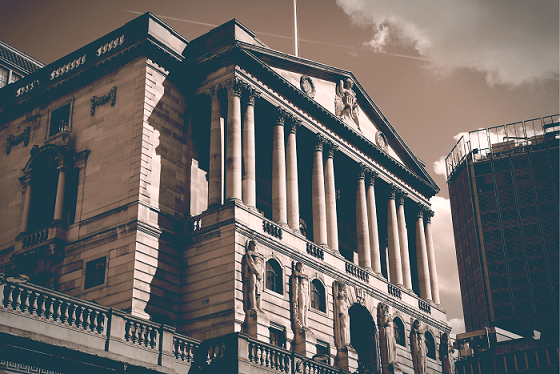- Pound (GBP) looks for clarity on negative rates from Andrew Bailey
- GBP/USD Trades at 17 months high
- US Dollar (USD) under pressure after Powell announces shift in policy
- US consumer confidence in focus, expected to hold steady
The Pound US Dollar (GBP/USD) exchange rate is powering higher. The pair experienced wild volatility in the previous session before settling within a familiar range. GBP/USD settled at US$1.32 after trading a range of US$1.3163 – US$1.3283.
At 06:15 UTC, GBP/USD trades +0.3% at US$1.3250 at the daily high. The pair has gained 1.2% across the week.
The speech by Federal Reserve Chair Jerome Powell was the key driving force in the previous session. As expected, Jerome Powell announced a shift in policy towards average inflation target. This means that the Fed now has the flexibility to let inflation run ahead of the 2% target.
Powell also centred on the employment picture, which he said would take a couple of years to recover. With the Fed aiming for maximizing employment and stable prices the markets concluded that rates will be low for longer
Today it is the turn of Bank of England Governor Andrew Bailey. Investors will be particularly interested to see if he provides further clarity around negative rates. Whilst Andrew Bailey said that negative rates were in the BoE’s toolbox, he also said there no plans yet to use them.
It will be interesting to see whether the central bank sticks to its preferred avenue and just adds more stimulus to bridge the fallout from the withdrawal of the Government’s job retention scheme, whilst keeping interest rates at or above 0 or whether he will look towards negative rates.
Looking ahead there is no UK economic data to focus on. However, the US docket sees the release of Personal Consumption expenditure, the Fed’s preferred measure of inflation, and US consumer confidence.
US data has been a mixed bag recently as the coronavirus resurgence over the summer months is starting to show through in economic data. A different measure of consumer confidence fell sharply earlier in the week. However, the University of Michigan consumer confidence measure has held steady.





